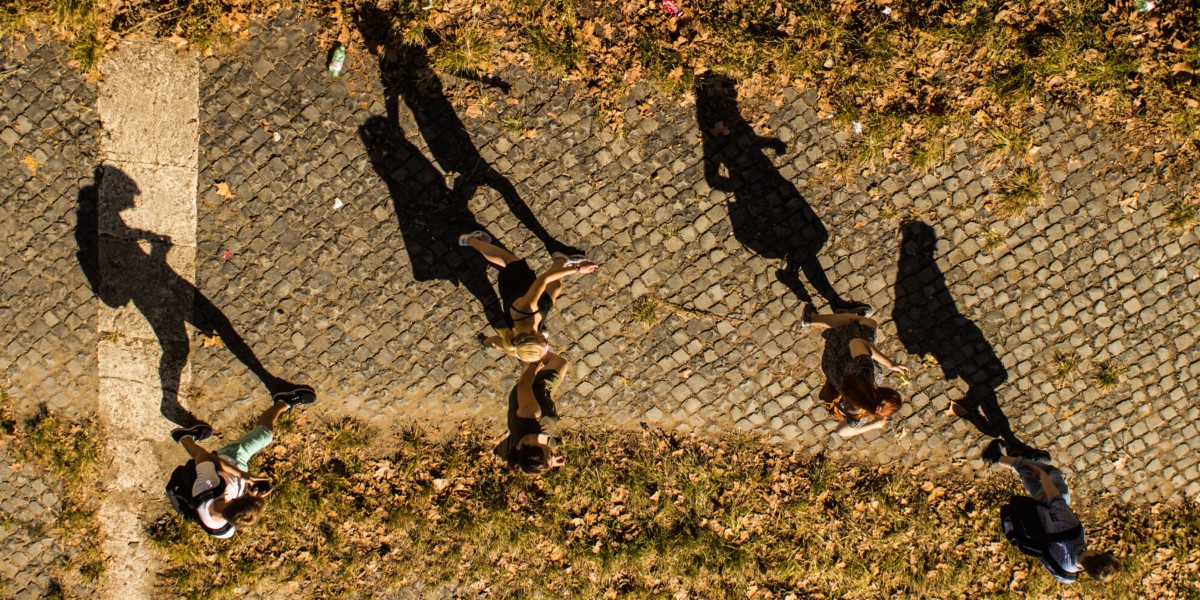By Julie Sonnemann and Peter Goss
After long weeks of remote schooling, students across Australia are finally back at school. While parents are celebrating, teachers are scrambling to assess who surged ahead during the shutdown, and who stagnated.
Many students will recover without too much trouble. But disadvantaged students will need extra help to regain the learning lost due to COVID-19, even with the best efforts of their teachers.
A new Grattan Institute report, COVID catch-up: helping disadvantaged students close the equity gap, argues that Australia should launch a $1 billion, six-month tutoring blitz to give 1 million disadvantaged students an extra boost.
The report outlines a rigorous new analysis to examine the “gap” – the difference in achievement between disadvantaged students and their more advantaged peers. The equity gap widened three times as quickly during the COVID-19 shutdown compared to during regular classes. Disadvantaged students lost a month or more of learning in a two-month period. Some will even have gone backwards, forgetting some of what they had previously learnt.
Of course, not all advantaged students will have coped well during COVID-19, and some disadvantaged students will have flourished. But there are three good reasons to focus on disadvantaged students, especially those whose parents didn’t complete year 12, are unemployed or are in low-paying jobs.
First, disadvantaged students have done it tougher during COVID-19. They are less likely to have good internet access, a computer for their schoolwork, or a desk or quiet place to study. On average, they have lower levels of perseverance – a major challenge when online learning requires more self-discipline and motivation than regular schooling.
Second, economic downturns disproportionately harm disadvantaged students and their families. Disadvantaged families already faced greater financial stresses before COVID-19, and student learning suffers further when a parent loses a job.
Third, disadvantaged students were already behind in their learning – on average a year behind their peers by year 3, and three years behind by year 9. Indeed, the existing achievement gap is at least 10 times larger than the learning losses caused by COVID-19.
This article has been republished with permission of the Grattan Institute


